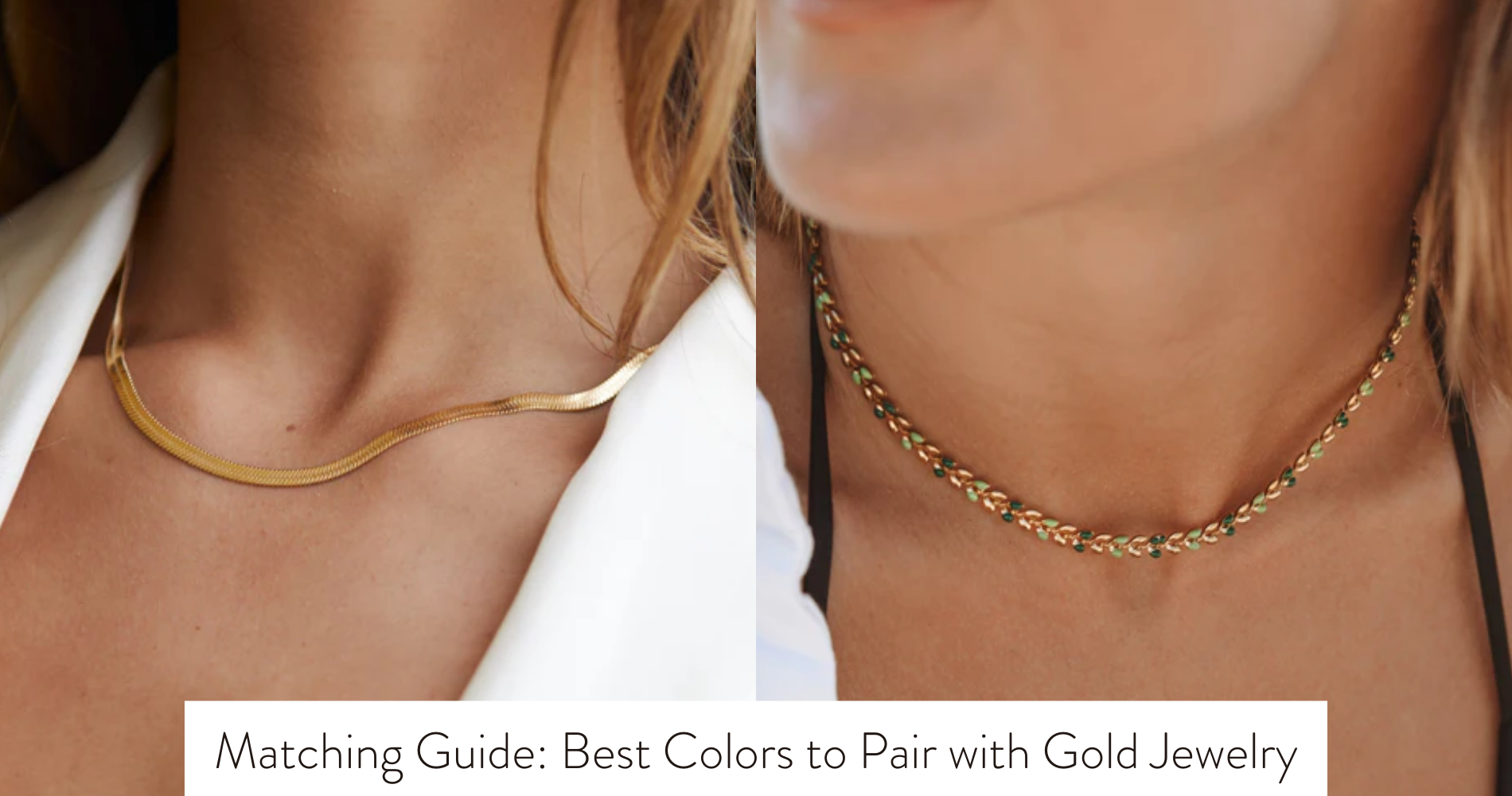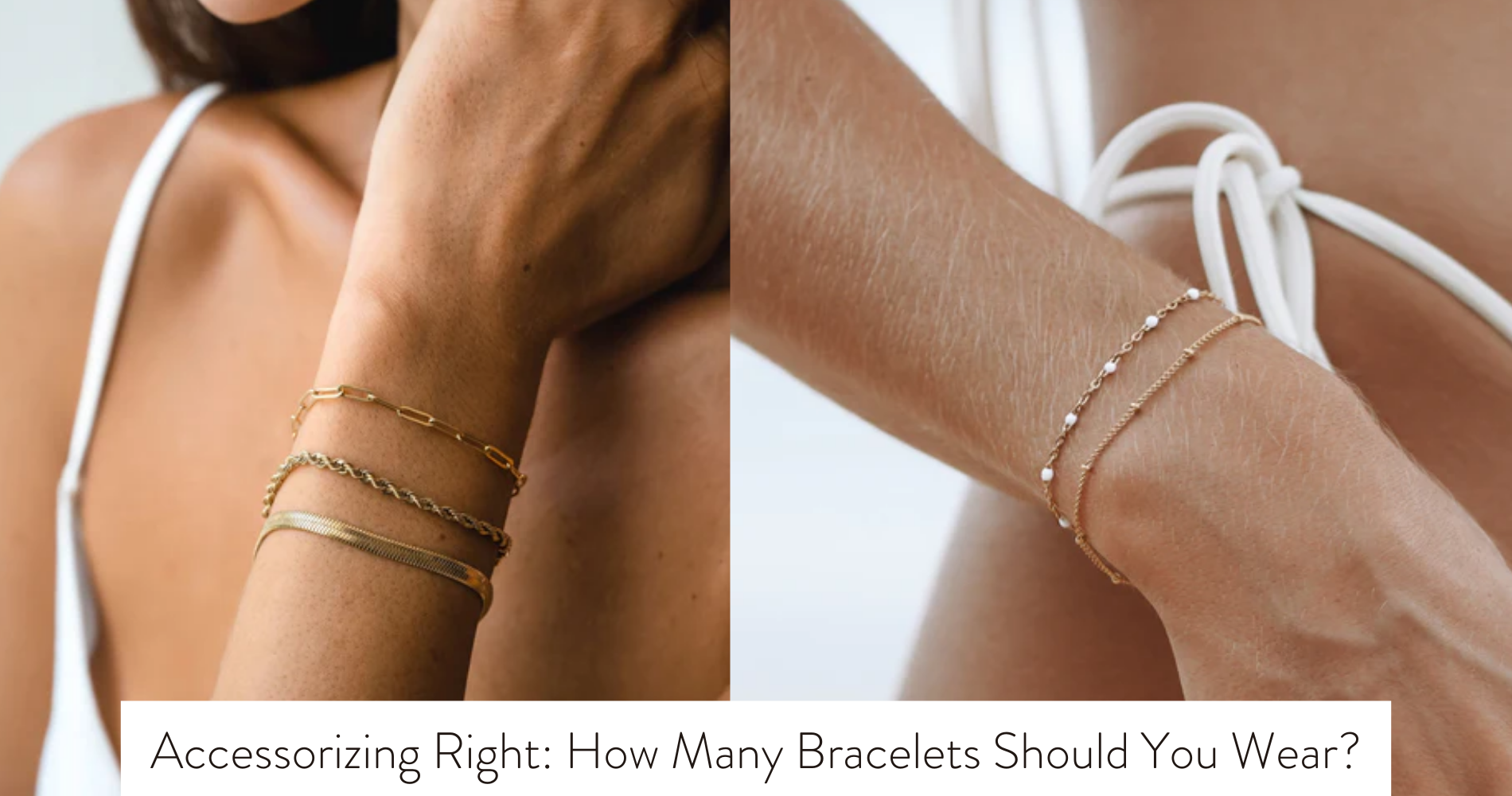
What Is Hypoallergenic Jewelry?
In the diverse world of adornments, finding jewelry that doesn't irritate the skin can be a significant concern for many. Hypoallergenic jewelry emerges as a beacon of hope for those prone to allergic reactions.
This type of jewelry is made from materials less likely to cause allergic reactions, providing a safer and more comfortable option for sensitive skin. Understanding what makes jewelry hypoallergenic, the materials to look for, and the options available can guide individuals toward making informed choices in their jewelry selections.
Understanding Hypoallergenic Jewelry
Understanding hypoallergenic jewelry is crucial for those with sensitive skin or allergies to certain metals. Hypoallergenic jewelry is designed to minimize or eliminate the risk of allergic reactions, allowing everyone to enjoy the beauty of jewelry without discomfort.
This guide will delve into what hypoallergenic jewelry is, the metals that are considered hypoallergenic, and how to choose pieces that are safe for sensitive skin.
What Does Hypoallergenic Mean?
The term "hypoallergenic" means "below normal" or "slightly" allergenic. Hypoallergenic jewelry is made from metals that are less likely to cause allergic reactions.
However, it's important to note that hypoallergenic does not mean allergy-proof. While these products are designed to be less irritating to sensitive skin, there's still a small risk of reaction for some individuals.
Common Allergens in Jewelry
The most common metal allergen in jewelry is nickel, a metal that's often used in alloys to make various jewelry materials harder or to give them a particular color. Other metals like cobalt and chromium can also cause allergic reactions.
These reactions can range from mild irritation to more severe forms of contact dermatitis, characterized by itching, redness, and blistering of the skin.
Materials to Look For Hypoallergenic Jewelry
When seeking hypoallergenic jewelry, focusing on the composition is key. Here are some of the most popular hypoallergenic materials:
1. Stainless Steel : Particularly 316L stainless steel, often used in medical devices, is known for its durability and resistance to rust, corrosion, and tarnishing.
2. Titanium : This metal is as strong as steel but significantly lighter, making it a favorite for both everyday and statement pieces. It's highly resistant to corrosion and is extensively used in medical implants due to its inert nature.
3. Platinum : A precious metal that's highly resistant to wear and tear. Platinum is remarkably inert, making it an excellent choice for those with sensitive skin.
4. Gold : While pure gold (24k) is hypoallergenic, most jewelry is made from gold alloys that contain a mix of metals, including nickel. Opting for higher karat gold, such as 18k or 22k, minimizes the presence of other metals, reducing the risk of allergic reactions.
5. Sterling Silver : Pure silver is soft and prone to damage; hence, silver jewelry often contains other metals to enhance its durability. Sterling silver is 92.5% silver and usually alloyed with copper. Look for nickel-free sterling silver to ensure hypoallergenic properties.
6. Niobium : This is a relatively lesser-known metal that's gaining popularity for its hypoallergenic properties. It can be anodized to produce various colors, making it versatile for different jewelry designs.
7. Tungsten Carbide : Known for its hardness and high melting point, tungsten carbide is a popular choice for wedding bands. Ensure it's nickel-free to maintain its hypoallergenic quality.
Tips for Choosing Hypoallergenic Jewelry
Choosing hypoallergenic jewelry is essential for those with sensitive skin to avoid allergic reactions, irritation, or discomfort. Hypoallergenic jewelry is made from metals that are less likely to cause an allergic reaction. Here are some tips to help you choose hypoallergenic jewelry:
1. Understand Common Allergens in Jewelry
Nickel is the most common allergen in jewelry that causes contact dermatitis, a skin reaction characterized by itching, redness, and sometimes blistering. Other metals like cobalt and chromium can also cause allergic reactions. Being aware of these allergens is the first step in choosing the right hypoallergenic jewelry.
2. Look for Nickel-Free Labels
When shopping for hypoallergenic jewelry, look for pieces explicitly labeled as "nickel-free." This is a good indicator that the manufacturer has taken steps to eliminate common allergens from their products. However, be cautious, as some products may be labeled "nickel-free" but still contain trace amounts of nickel.
3. Opt for High-Quality Metals
High-quality metals like platinum, 18k gold, sterling silver, stainless steel, and titanium are less likely to cause allergic reactions. Platinum and titanium, in particular, are considered hypoallergenic due to their purity and resistance to corrosion and tarnish. Sterling silver is another excellent choice, but ensure it's genuine and look for a "925" stamp indicating it's made of 92.5% silver.
4. Consider the Purity of Gold Jewelry
Gold jewelry's purity is measured in karats, with 24k being pure gold. However, pure gold is too soft for most jewelry, so it's often mixed with other metals for durability, which can introduce allergens. Opting for higher karat gold, like 18k, can reduce the risk of allergic reactions since it contains less alloyed metals than lower karat options.
5. Check for a Hypoallergenic Coating
Some hypoallergenic jewelry is coated with a clear protective layer to prevent metal from coming into direct contact with your skin. This can be an effective way to avoid allergic reactions. However, coatings can wear off over time, so consider this when choosing your jewelry.
6. Research Jewelry Brands Specializing in Hypoallergenic Products
Many brands specialize in hypoallergenic jewelry, using materials and manufacturing processes designed to minimize the risk of allergic reactions. Researching and purchasing from these brands can provide peace of mind and a wider selection of safe options.
7. Perform a Patch Test
If you're unsure about a piece of jewelry, consider performing a patch test by wearing the item for a short period and observing any reactions. This can be a practical approach to testing how your skin reacts to different materials.
8. Read Reviews and Testimonials
Reading reviews and testimonials from customers with similar sensitivities can offer insights into the true hypoallergenic nature of the jewelry. It's a way to gauge the experiences of others and can help you make a more informed decision.
Conclusion about the different types of hypoallergenic jewelry
In the quest for beautiful, irritation-free adornments, hypoallergenic jewelry stands out as the ideal choice for those with sensitive skin. The journey towards finding these skin-friendly treasures doesn't have to be daunting, thanks to the availability of various metals and materials designed to minimize allergic reactions. From the resilience of stainless steel and titanium to the pure allure of platinum and gold, options abound for every taste and occasion.
At Atolea Jewelry, we pride ourselves on offering an exquisite collection of hypoallergenic jewelry that doesn't just promise comfort but also ensures affordability. Our carefully curated selection is crafted from the finest hypoallergenic materials, allowing you to adorn yourself with confidence and style, without the worry of skin irritation.
Whether you're seeking the perfect piece for everyday wear or a special occasion, Atolea Jewelry provides accessible elegance and the ultimate peace of mind for those with sensitive skin. Explore our collection and discover how beauty and comfort can go hand in hand, making no compromises.





















Leave a comment
This site is protected by hCaptcha and the hCaptcha Privacy Policy and Terms of Service apply.